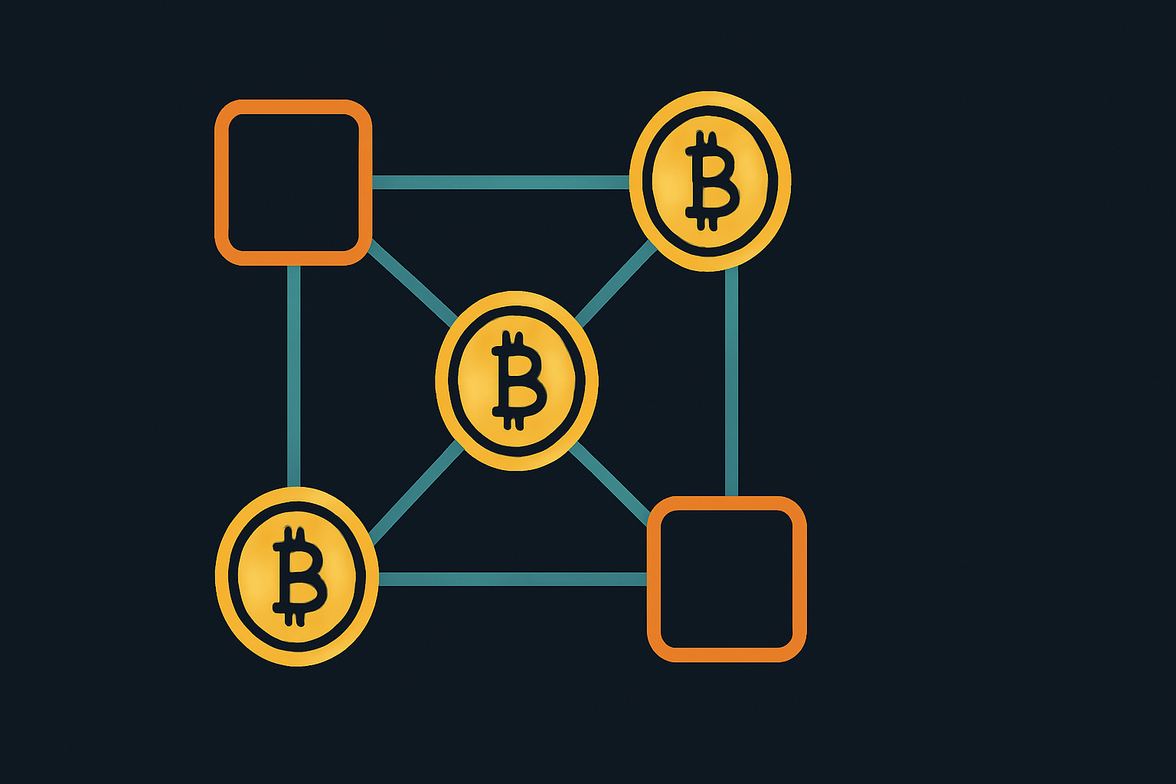
Introduction to Blockchain Technology
Blockchain technology in cryptocurrency markets is revolutionizing how digital assets are traded, enhancing transparency, security, and efficiency from the outset. Serving as a decentralized ledger, blockchain records transactions across distributed networks, ensuring data integrity with advanced cryptographic techniques and removing the need for central authorities. This shift is reshaping digital transactions and the architecture of financial markets by introducing transparent, immutable records (Wikipedia – Blockchain).
Fundamental Principles of Blockchain
A blockchain operates as a series of sequential blocks, each containing data and linked by cryptography. Every block is timestamped and added to the chain only after achieving consensus among network participants. The decentralized approach increases security, reduces data tampering risks, and strengthens trust within the crypto market ecosystem.
Consensus Mechanisms in Cryptocurrency Networks
Consensus mechanisms, such as Proof of Work (PoW) and Proof of Stake (PoS), validate transactions independently from central oversight. PoW relies on computational power, commonly used by Bitcoin, while PoS uses validators who stake tokens as collateral. These protocols uphold reliability, minimize fraud, and preserve transparency in blockchain technology for cryptocurrency markets (Investopedia – Cryptocurrency).
Transparency and Security Enhancements
The open architecture of blockchain ensures that participants can audit transactions, guaranteeing visibility and immutability. Powerful cryptographic safeguards protect against tampering and fraud, promoting accountability and making crypto exchanges more secure.
Impact on Cryptocurrency Market Efficiency
Blockchain-driven markets streamline transaction settlement, eliminating delays caused by third-party intermediaries. This automation expedites asset transfers, reduces settlement times, and lowers operational costs—outcomes that attract institutional and retail investors seeking efficiency.
Decentralized Finance (DeFi) Platforms
DeFi leverages blockchain technology in cryptocurrency markets to enable peer-to-peer operations—lending, borrowing, and swaps—using smart contracts rather than intermediaries. These innovations broaden access but introduce regulatory and technical challenges.
Regulatory Implications and Compliance
Expanding blockchain adoption in crypto finance demands evolving regulations. Legal authorities grapple with asset classification, privacy, and anti-money laundering requirements. Regulatory adaptation is critical for innovation and establishing global standards in cryptocurrency markets.
Challenges Facing Blockchain Integration
Despite benefits, blockchain faces scalability, interoperability, and energy consumption issues, especially in PoW networks. Ongoing research focuses on developing sustainable, scalable, and compatible solutions that allow different blockchains to interact.
Future Outlook for Blockchain in Cryptocurrency Markets
Anticipated improvements in blockchain protocols—such as Layer 2 scaling and cross-chain systems—promise further efficiency and stability. Supportive regulation and innovation together will cultivate a transparent and mature ecosystem for digital assets.
Conclusion
Blockchain technology in cryptocurrency markets sets a new standard for transparency, efficiency, and security. Its decentralized framework continues to redefine digital asset exchanges, encouraging further innovation and adaptation for the future global financial landscape.


